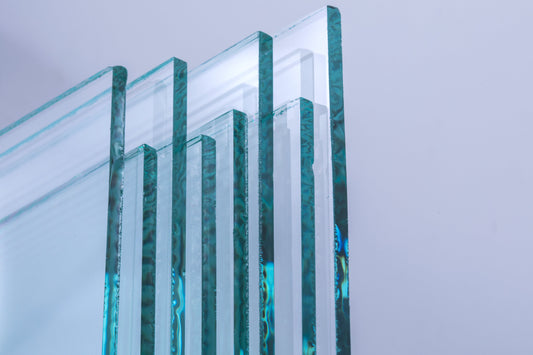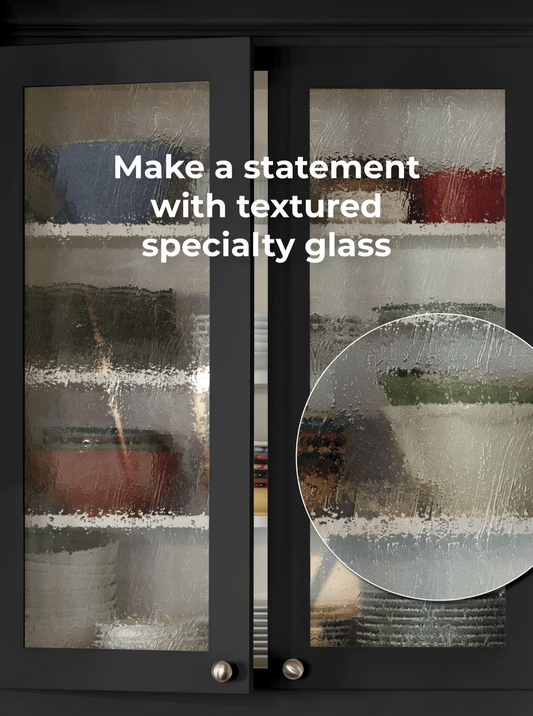Glass Industry Trends in 2024

Post Contents
The architectural glass industry is set for exciting developments in 2024, driven by technological advancements, sustainability goals, and innovative design approaches. Here are some key trends to watch:
1. Smart Glass Technology
Smart glass, which can change its properties based on external conditions or user inputs, is gaining popularity as buildings seek more dynamic and energy-efficient solutions. This technology allows for better control of natural light and energy efficiency, making it a preferred choice for modern buildings. The unique features of this kind of glass include its ability to adjust its tint or opacity in response to sunlight, temperature, or user preferences. Smart glass can be used in windows, skylights, and even interior partitions to enhance comfort and functionality.
2. Sustainability and Energy Efficiency
With increasing emphasis on green building practices, sustainable glass solutions are in high demand. Low-emissivity (Low-E) glass, which reduces heat transfer, is becoming a standard for energy-efficient buildings. Additionally, the use of recycled glass and innovations in manufacturing processes are reducing the environmental impact of glass production. Innovations in glass coatings are also improving durability and reducing maintenance requirements, making glass more and more sustainable.
3. Dynamic Facades
Dynamic facades, which adjust to environmental conditions, are set to transform building exteriors. These facades can adapt their opacity or reflectivity to optimize light and heat management. This not only improves the building’s energy performance but also contributes to its aesthetic appeal. Advances in nanotechnology are enabling more precise control over these properties, allowing architects to achieve greater efficiency and design flexibility.
4. Large-Scale Glass Installations
Architects are increasingly using large glass panels to create striking visual effects and enhance the sense of openness in buildings. Advances in manufacturing have made it possible to produce larger, more durable glass panels, enabling ambitious architectural designs. Additionally, innovations in structural glass engineering are enhancing safety and durability, making large-scale glass installations feasible in a wider range of architectural applications.
5. Integration of Photovoltaic Glass
Photovoltaic glass, which generates electricity from sunlight, is becoming an integral part of sustainable architecture. This technology allows buildings to produce their own energy, reducing reliance on external power sources and contributing to energy independence. New technologies in transparent photovoltaic cells are expanding design possibilities, allowing for seamless integration of solar harvesting capabilities into building facades and windows
6. Customization and Design Flexibility
Modern glass technology offers unprecedented customization options, allowing architects to tailor glass products to specific design requirements. From custom shapes and sizes to unique textures and colors, the possibilities are vast, enabling more creative and personalized architectural solutions.
Contact Architectural Glass for Your Next Project
In conclusion, 2024 promises to be a year of significant innovation in the glass industry. The trends highlighted above are set to shape the future of architectural design, offering enhanced functionality, sustainability, and aesthetic appeal.



